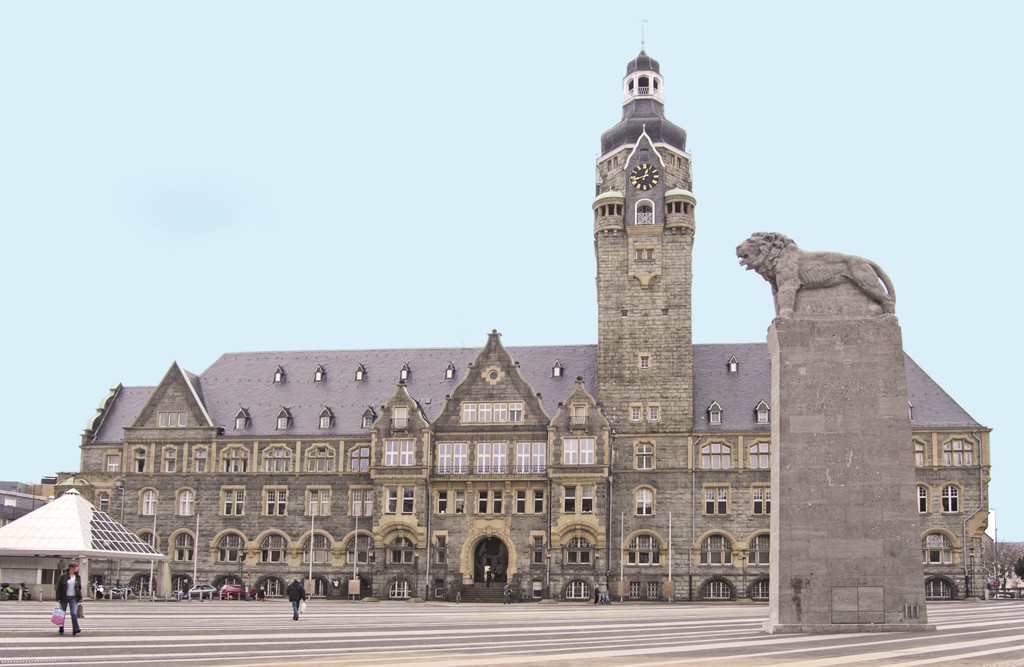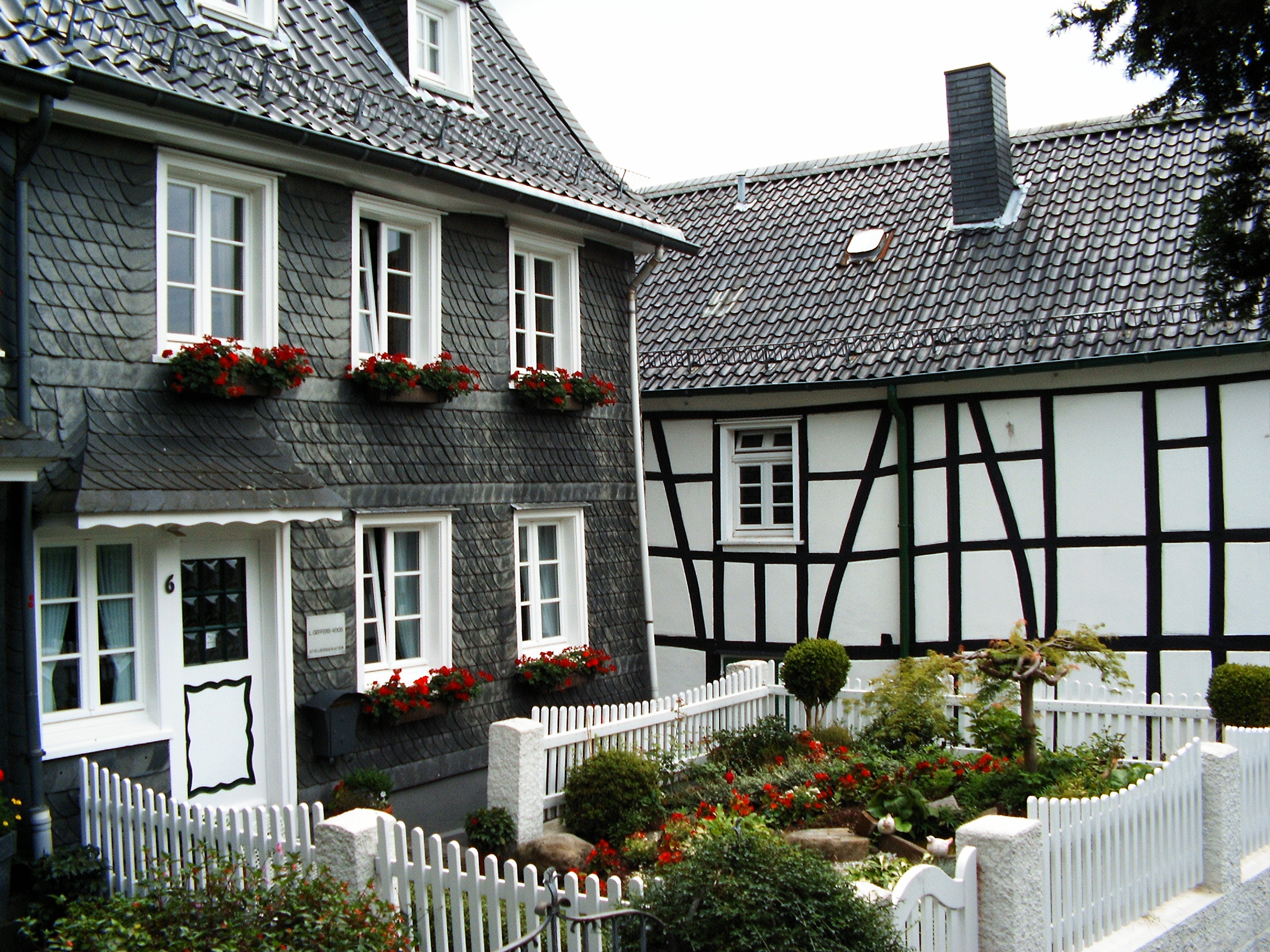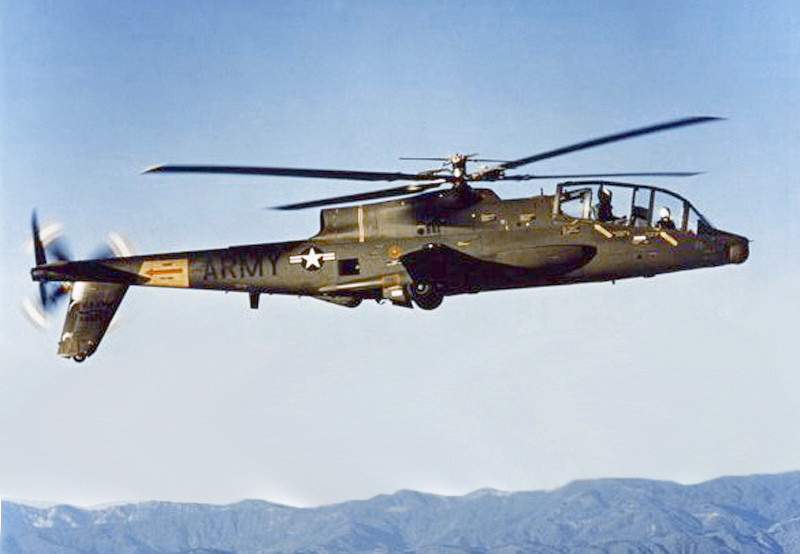|
Remscheid
Remscheid () is a city in North Rhine-Westphalia, Germany. It is, after Wuppertal and Solingen, the third-largest municipality in Bergisches Land, being located on the northern edge of the region, on the south side of the Ruhr area. Remscheid had around 109,000 inhabitants in 2015. At the end of 2019 it had 113,703 inhabitants. Geography Remscheid comprises four boroughs, ''Alt-Remscheid'', ''Remscheid-Süd'', ''Lennep'', and Lüttringhausen. Its highest point is the Brodtberg (378 m). History Remscheid was founded in the 12th century, but remained a small village until the 19th century. Early spellings for the city included ''Remissgeid'' (1217), ''Rymscheyd'' (1351), ''Reymscheyd'' (1487) and ''Rembscheid'' (1639). The economic growth of the entire Rhine-Ruhr region led to an increase of the population of Remscheid. Mechanical engineering and toolmaking were the main industries practised within the town. This is carried on today with the Hazet tool company which has three ... [...More Info...] [...Related Items...] OR: [Wikipedia] [Google] [Baidu] |
Solingen
Solingen (; ) is a city in North Rhine-Westphalia, Germany, 25 km east of Düsseldorf along the northern edge of the Bergisches Land, south of the Ruhr. After Wuppertal, it is the second-largest city in the Bergisches Land, and a member of the regional authority of the Rhineland. Solingen is called the "City of Blades", and has long been renowned for the manufacturing of fine swords, knives, scissors and razors made by firms such as WKC, P.D Rasspe Söhne, DOVO, Wüsthof, Zwilling J. A. Henckels, Böker, Güde, Hubertus, Diefenthal, Puma, Clauberg/Klauberg, Eickhorn, Linder, Carl Schmidt Sohn, Dreiturm, Herder, Martor Safety Knives, Wolfertz, Ralf Aust and numerous other manufacturers. The medieval swordsmiths of Solingen designed the town's coat of arms. In the late 17th century, a group of swordsmiths from Solingen broke their guild oaths by taking their sword-making secrets with them to Shotley Bridge, County Durham, in England. Geography Solingen lies south ... [...More Info...] [...Related Items...] OR: [Wikipedia] [Google] [Baidu] |
1988 Remscheid A-10 Crash
The 1988 Remscheid A-10 crash occurred on December 8, 1988, when an A-10 Thunderbolt II attack jet of the United States Air Forces in Europe crashed into a residential area in the city of Remscheid, West Germany. The aircraft crashed into the upper floor of an apartment complex. In addition to the pilot, six people were killed. Fifty others were injured, many of them seriously. The plane was engaged in a low-altitude flight exercise. It belonged to a unit from Bentwaters Air Base but at the time of the accident was stationed at Nörvenich Air Base, a so-called Forward Operation Location (FOL). The flight leader, Captain Marke F. Gibson, was leading his flight followed by his wingman, Captain Michael P. Foster. The cause of the accident was attributed to spatial disorientation, after both planes encountered difficult and adverse weather conditions for visual flying. Captain Gibson was able to maneuver his aircraft to safety, but Captain Foster's aircraft crashed into the houses ... [...More Info...] [...Related Items...] OR: [Wikipedia] [Google] [Baidu] |
Eschbachtalsperre
The Eschbach Dam () was the first dam to be built in Germany for drinking water supply. It is located in Remscheid, North Rhine-Westphalia, Germany. With its opening in 1891, this pioneer work of hydraulic engineering was a milestone in the economic development of the city of Remscheid. History The Eschbach Dam was designed by pioneering hydraulic engineering, hydraulic engineer and professor Otto Intze. It was constructed during the years 1889 to 1891 by the industrialist Robert Böker following the idea of the Intze Principle. Until the beginning of the 20th century it was common in Germany to name the dam after the city where it stood rather than the waters it impounded. Consequently, in the writings of the times, the Eschbach Dam is also called the Remscheid Dam. This impressive work of water commerce saw many diverse imitations worldwide and was a popular tourist destination from the beginning. Prince Friedrich Leopold of Prussia visited the dam on 15 July 1897. Two ... [...More Info...] [...Related Items...] OR: [Wikipedia] [Google] [Baidu] |
Brodtberg
The Brodtberg, at {{Höhe, 378.86, DE-NN, link=true, is the highest hill in Remscheid and the region of Düsseldorf Düsseldorf is the capital city of North Rhine-Westphalia, the most populous state of Germany. It is the second-largest city in the state after Cologne and the List of cities in Germany with more than 100,000 inhabitants, seventh-largest city ... in Germany. Despite that, it is not particularly prominent; for example the nearby quarter of Lennep lies at elevations of up to 370 metres. Geography The hill is located in the quarter of Hohenhagen and belongs to the borough of Remscheid-Süd. The Brodtberg lies west of the hill of Westerholt, the second highest point in Remscheid. References External links Steinbruch-Hohenhagen Nature Reserve Mountains and hills of North Rhine-Westphalia Bergisches Land Remscheid ... [...More Info...] [...Related Items...] OR: [Wikipedia] [Google] [Baidu] |
Bergisches Land
The Bergisches Land (, ) is a low mountain range in the state of North Rhine-Westphalia, Germany, east of the Rhine and south of the Ruhr. The landscape is shaped by forests, meadows, rivers and creeks and contains over twenty artificial lakes. Wuppertal is the biggest town, while the southern part has economic and socio-cultural ties to Cologne. Wuppertal and the neighbouring cities of Remscheid and Solingen form the Bergisches Städtedreieck (''Berg City Triangle''). Geography Demarcation Historically The Bergisches Land emerged from the historic Duchy of Berg. The region also owes its name to the former sovereigns, the Counts (and later Dukes) of the . The adjectival Latin term terre Montensis, i.e. of the Bergisches Land, was first recorded in writing in a , although terra de Monte or Land von Berg appeared in earlier documents. Important places in the duchy were Gerresheim, Elberfeld, Solingen, Lennep, Radevormwald, Wipperfürth, Bensberg, Siegburg and , most of which rece ... [...More Info...] [...Related Items...] OR: [Wikipedia] [Google] [Baidu] |
Lüttringhausen
Lüttringhausen is a district of the German town of Remscheid with a population of 17,857 in 2005; 11,829 in 1905; 13,560, mostly Protestant, in 1910. Overview It was founded around the year 1189. At this time, Lüttringhausen belonged to the County of Berg. In 1929, Lüttringhausen was incorporated in the municipality of Remscheid. Remscheid prison of is in Lüttringhausen, as well as a large Protestant psychiatric hospital called '' Stiftung Tannenhof''. The Autobahn 1 passes Lüttringhausen, offering two junctions: ("Ronsdorf-Lüttringhausen" and "Lüttringhausen-Lennep"). There are many notable churches in Lüttringhausen, the oldest of which is a Protestant church built in 1735. Its architecture is considered a Baroque architectural masterpiece typical of the regional style found around "Bergisches Land". The town hall, built in 1907, is also well-known. Adolf Clarenbach, one of the first Protestant martyrs on the Lower Rhine, was born on the "Buscherhof" in Lüttringhau ... [...More Info...] [...Related Items...] OR: [Wikipedia] [Google] [Baidu] |
Müngsten Bridge
The Müngsten Bridge is the highest railway bridge in Germany. The bridge is high and spans the valley of the river Wupper, carrying the Wuppertal-Oberbarmen–Solingen railway between the cities of Remscheid and Solingen. It is used by line S7 of the Rhine-Ruhr S-Bahn and the RE47 Regional-Express service, although the RE47 service is being operated by a replacement bus service until 2026. Originally the bridge was named the ''Kaiser-Wilhelm-Brücke'' (Emperor Wilhelm Bridge) to honour Emperor Wilhelm I. After the end of the monarchy the bridge was renamed after the nearby settlement of Müngsten, which is close to the city limits of Solingen, Remscheid and Wuppertal. Today, the settlement no longer exists, so Müngsten is simply a landmark. History The first plans for a bridge connecting the cities of Remscheid and Solingen go back as far as 1889. The Prussian Parliament approved the 5 million Marks required to build the bridge in 1890. Preparatory work began in 1893, f ... [...More Info...] [...Related Items...] OR: [Wikipedia] [Google] [Baidu] |
Wilhelm Röntgen
Wilhelm Conrad Röntgen (; 27 March 1845 – 10 February 1923), sometimes Transliteration, transliterated as Roentgen ( ), was a German physicist who produced and detected electromagnetic radiation in a wavelength range known as X-rays. As a result of this discovery, he became the first recipient of the Nobel Prize in Physics in 1901.Novelize, Robert. ''Squire's Fundamentals of Radiology''. Harvard University Press. 5th ed. 1997. p. 1. Biographical history Education Röntgen was born in Lennep on 27 March 1845 to Friedrich Conrad Röntgen, a German merchant and cloth manufacturer, and Charlotte Constanze Frowein. When he was aged three, his family moved to the Netherlands, where his mother's family lived, rendering him Statelessness, stateless. He attended high school at Utrecht Technical School in Utrecht, Netherlands. He followed courses at the Technical School for almost two years. In 1865, he was unfairly expelled from high school when one of his teachers intercepted a ... [...More Info...] [...Related Items...] OR: [Wikipedia] [Google] [Baidu] |
Wuppertal
Wuppertal (; ) is a city in North Rhine-Westphalia, in western Germany, with a population of 355,000. Wuppertal is the seventh-largest city in North Rhine-Westphalia and List of cities in Germany by population, 17th-largest in Germany. It was founded in 1929 by the merger of Elberfeld, Barmen, Ronsdorf, Cronenberg, Wuppertal, Cronenberg and Vohwinkel Schwebebahn, Vohwinkel, and was initially called "Barmen-Elberfeld" before adopting its present name in 1930. It is the capital and largest city of the Bergisches Land. The city straddles the densely populated banks of the River Wupper, a tributary of the Rhine. Wuppertal is located between the Ruhr (Essen) to the north, Düsseldorf to the west, and Cologne to the southwest, and over time has grown together with Solingen, Remscheid and Hagen. The stretching of the city in a long band along the narrow Wupper Valley leads to a spatial impression of Wuppertal being larger than it actually is. The city is known for its steep slope ... [...More Info...] [...Related Items...] OR: [Wikipedia] [Google] [Baidu] |
North Rhine-Westphalia
North Rhine-Westphalia or North-Rhine/Westphalia, commonly shortened to NRW, is a States of Germany, state () in Old states of Germany, Western Germany. With more than 18 million inhabitants, it is the List of German states by population, most populous state in Germany. Apart from the city-states (Berlin, Hamburg and Bremen), it is also the List of German states by population density, most densely populated state in Germany. Covering an area of , it is the List of German states by area, fourth-largest German state by size. North Rhine-Westphalia features 30 of the 81 German municipalities with over 100,000 inhabitants, including Cologne (over 1 million), the state capital Düsseldorf (630,000), Dortmund and Essen (about 590,000 inhabitants each) and other cities predominantly located in the Rhine-Ruhr metropolitan area, the largest urban area in Germany and the fourth-largest on the European continent. The location of the Rhine-Ruhr at the heart of the European Blue Banana make ... [...More Info...] [...Related Items...] OR: [Wikipedia] [Google] [Baidu] |
A-10 Thunderbolt II
The Fairchild Republic A-10 , also infamously known under the nickname , is a single-seat, twinjet, twin-turbofan, straight wing, straight-wing, Subsonic aircraft, subsonic attack aircraft developed by Fairchild Aircraft, Fairchild Republic for the United States Air Force (USAF). Initial operating capability, In service since 1977, it is named after the Republic P-47 Thunderbolt strike-fighter of World War II, but is instead commonly referred to as the "Warthog" (sometimes simply "Pig, Hog"). The A-10 was designed to provide close air support (CAS) to ground troops by attacking enemy armored vehicles, tanks, and other ground forces; it is the only production-built aircraft designed solely for CAS to have served with the U.S. Air Force. Its secondary mission is to direct other aircraft in attacks on ground targets, a role called forward air controller (FAC)-airborne; aircraft used primarily in this role are designated OA-10. The A-10 was intended to improve on the performance ... [...More Info...] [...Related Items...] OR: [Wikipedia] [Google] [Baidu] |





